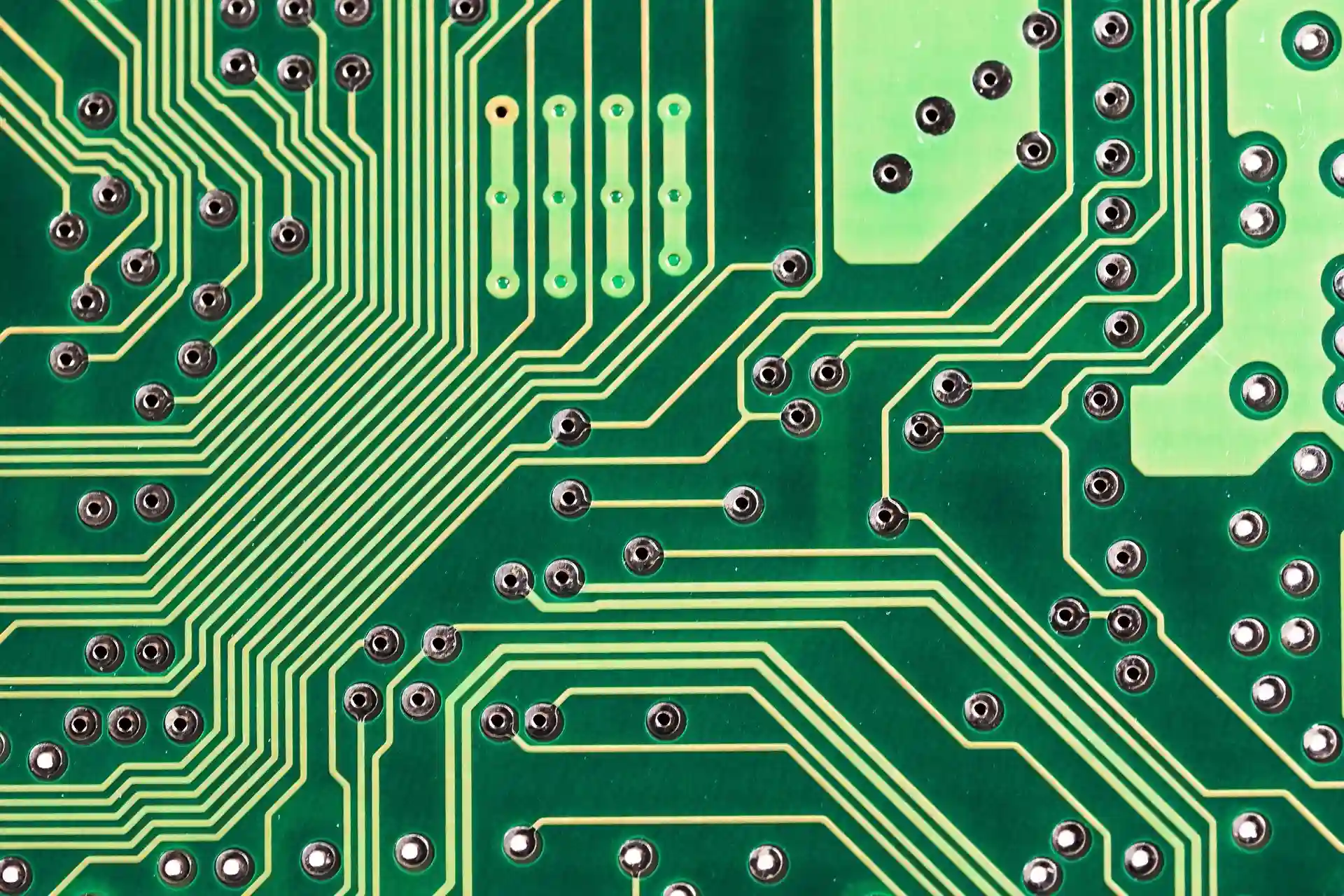The electronics manufacturing process is considered to be a high-level manufacturing challenge for many people. Designing, producing, and testing electronic components, as well as printed circuit boards (PCBs) for some people are complex tasks. The electronics manufacturing process is the process of creating a PBC and turning it into a printed circuit board assembly (PCBA). This is often done by connecting electrical components to the circuit board.
Most companies usually only make electronic product designs, which they will send to electronics manufacturers for services such as PCB assembly and testing. Rather than the entire electronics manufacturing development process, they only pay for PCB assembly and testing this way. However, this complicated market is projected to grow tremendously.
From point A to point B, there are many small circuits that connect electricity in several intensities and different frequencies. After the electronic assembly process has been finished, they are used in many different parts.
Keep reading this article to find out more about the electronics manufacturing process!
Step-by-step Electronics Manufacturing Process
There are 5 main steps in the electronic assembly process that you need to know.
Step 1: Create the Design
Before you start to print your PCB and manufacture them, you need to think about and craft the design of your products first. After you’ve done it, you can send the design to your manufacturer for them to create the blueprint.
Step 2: PCB Fabrication
In the electronic fabrication step, you will start with a Printed Circuit Board (PCB) and the components that go on it. The blueprint of your PCB will be used to manufacture the PCB. PCBs are made up of non-conductive substrates with copper layers. Just like lithography, the circuit layout is transferred onto the copper layer using exposure methods.
The suppliers use chemical processes to etch the copper layers according to the Gerber files provided. Then, the solder masks and silkscreen should be applied to the PCB. Tests, like flying probe tests, are then conducted to form sure the circuits are properly connected and there are no short circuits on the PCB.
Step 3: Components Procurement
Simultaneously, you’ve got to start sourcing all the needed components from your suppliers. Normally, shipment takes a minimum of two weeks depending on the number of components involved. There are several things that will affect supply chains (like global pandemics), so make sure to plan ahead if expediency is required.
Step 4: PCB Assembly
Both the fabricated PCBs and components are then consigned to the PCB assembly supplier for production. Before doing the PCS assembly, solder paste stencils are produced first. The method starts with applying solder paste to the pads of surface-mount device (SMD) footprints.
Then, the SMD components are fed into the pick-and-place machines where they’re automatically placed onto the PCB. In any case the components are mounted, the PCB is placed into the reflow soldering machine. When all the SMD components are soldered, the manufacturer will manually solder any through-hole components.
Step 5: Testing
All assembled PCBs must undergo visual inspections. Often, X-ray machines won’t detect short circuits, discontinuity, or solder defects. Then, functionality tests have to be conducted on the PCBs before they are ready to be deployed.
After the Printed Circuit Board Assembly
The Printed Circuit Boards will become much more functional after you’ve completed the assembly process and all the components have been placed and soldered. You can use the PCB in any situations that require electrical parts from phones to cars.
The Challenges in the Electronics Manufacturing Process
The electronic manufacturing industry keeps changing rapidly, especially within the competitive global market. The key to success as a business owner is to constantly innovate and adapt to the ever-changing landscape to stay ahead of the competition. Learn more about the rapid changes here.
However, you’ll still likely face several challenges in the industry besides of externalities such as environmental and recycling problems.
Rapidly Changing Technology
Rapidly and constantly changing is one of the biggest challenges to face in the electronic business. Technology is evolving at an ever-increasing rate. Companies must continually update their products to remain ahead of the competition and avoid perishable inventory getting stuck in their inventory, a bit like food or cosmetics goods. This process will cost you more expenses and time.
Short Product Life Cycles
Another challenge faced by the electronics manufacturing process is brief product life cycles. Thanks to the rapid pace of change, products quickly become outdated and must get replaced with newer models. This will result in high levels of waste and e-waste.
Increasing Competition
The consumer electronics manufacturing industry is highly competitive. As new entrants are constantly entering the market, many companies are still competing for market share. This makes it difficult for companies to differentiate their products and stand out from the competition.
Price Pressure
Due to the high level of competition, there’s also a lot of pressure to set selling prices in the consumer electronics industry. Companies are constantly struggling to reduce prices, impacting margins and profitability.
Access to Raw Materials
Many electronics consumers are made up of rare earth metals and other materials that can be difficult to obtain. This will lead to shortages and increased prices. For instance, since 2020, there has been an enormous global chip shortage that has affected many brands, from Sony to Toyota.




